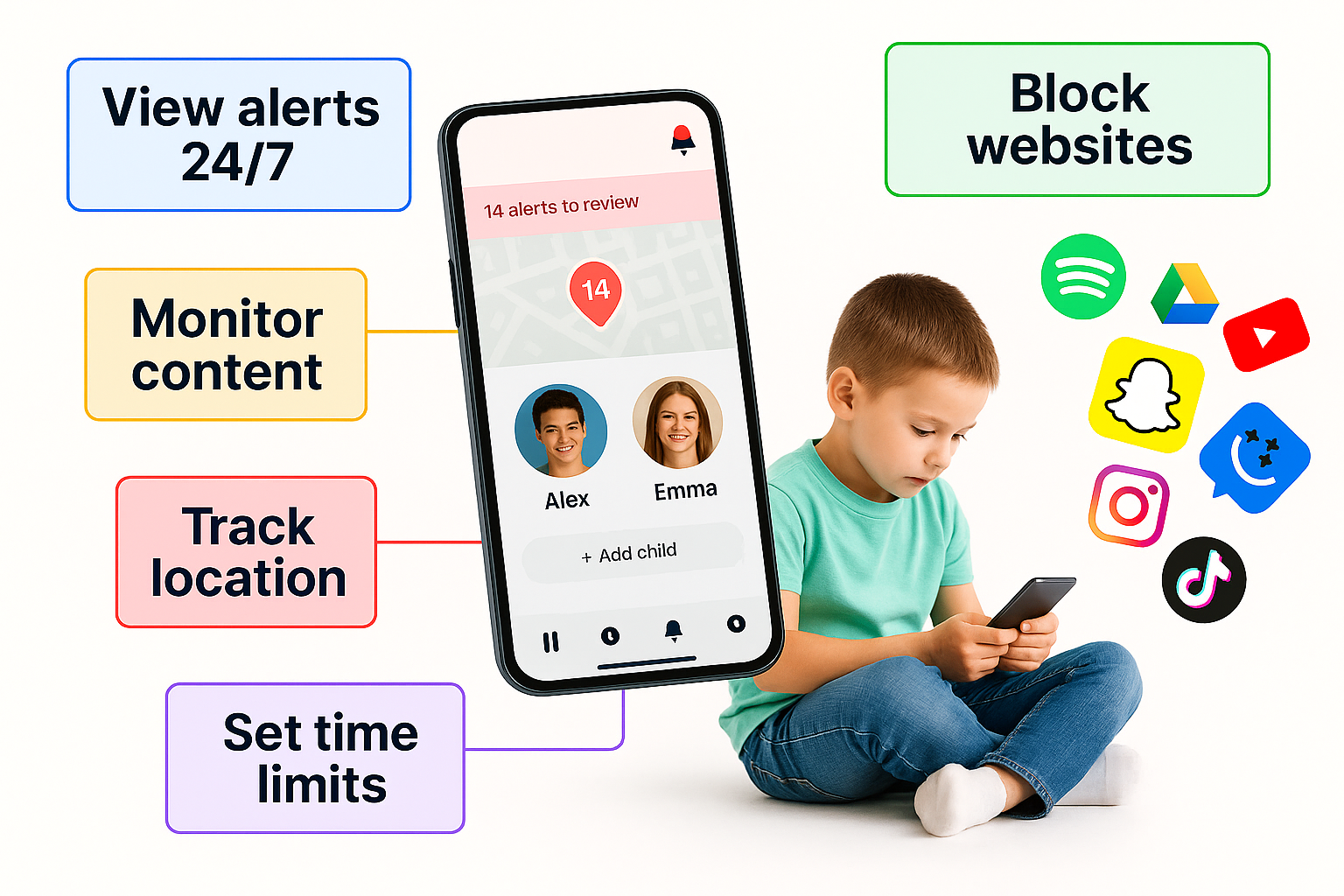⚡ Family Tech Conflicts: Why Parents and Teens Clash Over Phones
Why Phones Spark So Many Arguments
For today’s families, smartphones are both a blessing and a curse. They help kids stay connected and give parents peace of mind, but they also spark endless fights.
The Pew Research study revealed that many households experience regular disagreements about phone use. Teens want freedom, while parents worry about safety, responsibility, and health. The result? Conflict at the dinner table, before bed, and almost everywhere in between.
The Most Common Sources of Tension
- Bedtime battles
Parents worry about phones interfering with sleep, while teens insist they “need” their phones at night. - Homework distractions
Kids often multitask between assignments and TikTok or gaming. Parents see slipping grades and step in. - Social media worries
Families clash over what apps are safe and how much posting is “too much”. - Excessive screen hours
Many teens admit to scrolling for hours, while parents push for healthier phone routines for kids.
These points of tension highlight a bigger issue: technology is changing faster than family rules can keep up.
How Teens See It
Teens often feel rules are unfair or too strict. Many said they wish their parents trusted them more with their devices. Some even feel their parents are hypocritical — glued to their own phones while telling kids to log off.
This “double standard” fuels resentment and creates more family tech conflict.
How Parents See It
From the parents’ perspective, the concern is about more than just screen hours. They see risks like:
- Cyberbullying
- Online predators
- Addiction and lost sleep
- Declining academic focus
To parents, rules are about protection. To teens, they feel like control. That gap in perspective keeps conflicts alive.
Solutions That Reduce Tension
The good news? The study shows that when families communicate openly, conflicts decrease. Some proven strategies include:
- Create household technology agreements. Instead of random rules, write down expectations for both parents and kids.
- Set shared phone-free times. Meals, family outings, and bedtime can be screen-free for everyone — including parents.
- Offer responsibility gradually. As kids show maturity, ease restrictions to build trust.
- Focus on balance, not punishment. Replace “no phone” punishments with conversations about healthy habits.
Phones aren’t going anywhere — and neither are family arguments about them. But with clear expectations, shared routines, and ongoing dialogue, families can move from conflict to cooperation.
When parents lead by example and teens feel heard, digital balance for families becomes possible.

